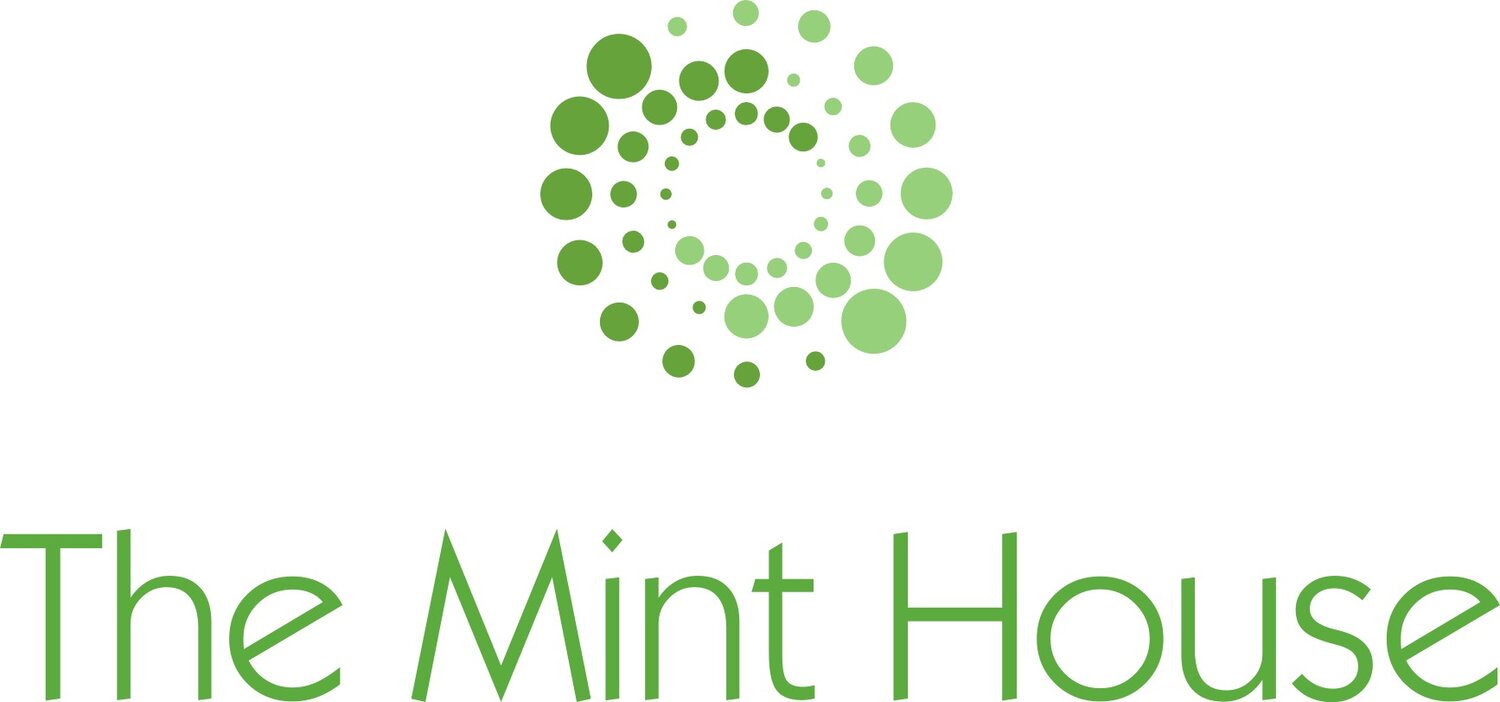by Lucy Harris (Why me?)
Restorative Justice (RJ) has the power to change the lives of all those affected by crime. Why me?’s ambassador stories are powerful examples of its impact on individuals. To promote evidence based decision making, these stories need to be combined with data and research on the economic impact of Restorative Justice.
In a unique collaboration between Why me? and economist Frank Grimsey Jones, we have carried out a contemporary, holistic, and generalisable economic evaluation of Restorative Justice. We aim to inform evidence-based commissioning of RJ that will improve funding of, and access to, RJ interventions. The resulting report and economic model has been published on Why me?’s website.
Why is it necessary to demonstrate the economic benefits of criminal justice interventions?
Reoffending has substantial costs for society and the government. It also reduces wellbeing for victims and offenders. Around a quarter of proven offenders reoffend within a year, committing an average of three to four offences each (UK Government Database). In 2016, the total economic and social costs of crime were estimated to be £59 billion (Heeks et al., 2018), with reoffending in the first year of follow-up accounting for £18 billion (Newton et al., 2019). Breaking the cycle of reoffending is crucial to reduce spending by the criminal justice system, and improve the lives of offenders and victims.
An Economic Evaluation of Restorative Justice
Our evaluation findings demonstrate that the social return on investment in Restorative Justice is substantial. For every £1 invested in Restorative Justice, there were £14 of social benefits. The direct return on investment for the Criminal Justice System was £4 per £1 invested in RJ. RJ substantially reduces reoffending. In our model each direct RJ intervention reduced the average number of reoffences in the first year from 27 to 19. Overall, our model suggested that a £5 million investment in RJ, would be associated with total benefits of £76 million, including saving the criminal justice system £17 million.
Although previous research (Shapland et al., 2008; Strang et al., 2013) shows that direct Restorative Justice interventions reduce reoffending, investment in, and access to, RJ remains limited. Our economic evaluation has provided a robust way to demonstrate and model the economic benefit of RJ interventions linked to reduced reoffending and improved wellbeing. Overall, economic evaluations are underutilised in the social sector, but can be a useful and compelling way to influence decision making.
Our economic evaluation provides a significant breakthrough for the economic case for Restorative Justice:
"A key aspect for anyone considering initiatives benefiting victims or encouraging desistance is whether they are value for money. This in-depth economic analysis of restorative justice takes us much further to answer this question - in a positive direction.”
- Joanna Shapland, Edward Bramley Professor of Criminal Justice at the University of Sheffield
Our recommendations for future research, policy makers, and Police and Crime Commissioners
Our research shows that Restorative Justice can reduce reoffending, save money and help victims to recover. Following these substantial findings, Why me? continue to demonstrate that increasing access to Restorative Justice should be a policy priority for national and local decision makers within the Criminal Justice System.
Why me? believe that this can be achieved by implementing a series of recommendations which we have laid out in full in our report. Recommendations include:
Improved national data collection. Key metrics should include level of investment, number of referrals, number of direct Restorative Justice interventions, number of indirect Restorative Justice interventions, reoffending rate, victim wellbeing and offender wellbeing.
The right to be given information about and access to Restorative Justice should be enshrined within the primary legislation of the Victims’ Bill. This legislative right should end existing blanket bans on Restorative Justice provision for specific types of cases, so that all victims of crime are able to decide whether to engage with Restorative Justice.
Police and Crime Commissioners should use the model produced by this research to understand the return on investment in Restorative Justice in their area. PPCs should share the model with staff or external providers responsible for Restorative Justice delivery, establish an action plan to ensure consistent data collection and analysis to understand and improve return on investment.
Read the published report and economic model here. If you’re interested in hearing more about the research, or need any assistance with using the model, please get in contact via info@why-me.org.
You can watch the recording of our report launch event on the Why me? Youtube channel:
References:
Heeks, M., Reed, S., Tafsiri, M., & Prince, S. (2018). The economic and social costs of crime Second edition.
Shapland, J., Atkinson, A., Atkinson, H., Dignan, J., Edwards, L., Hibbert, J., Howes, M., Johnstone, J., Robinson, G., & Sorsby, A. (2008). Does restorative justice affect reconviction?: the fourth report the evaluation of three schemes. National Offender Management Service.
Strang, H., Sherman, L. W., Mayo‐Wilson, E., Woods, D., & Ariel, B. (2013). Restorative Justice Conferencing (RJC) Using Face‐to‐Face Meetings of Offenders and Victims: Effects on Offender Recidivism and Victim Satisfaction. A Systematic Review. Campbell Systematic Reviews, 9(1), 1–59.
Newton, A., May, X., Eames, S., & Ahmad, M. (2019). Economic and social costs of reoffending: Analytical report.
UK Government Database. (n.d.). GOV.UK. https://www.gov.uk

